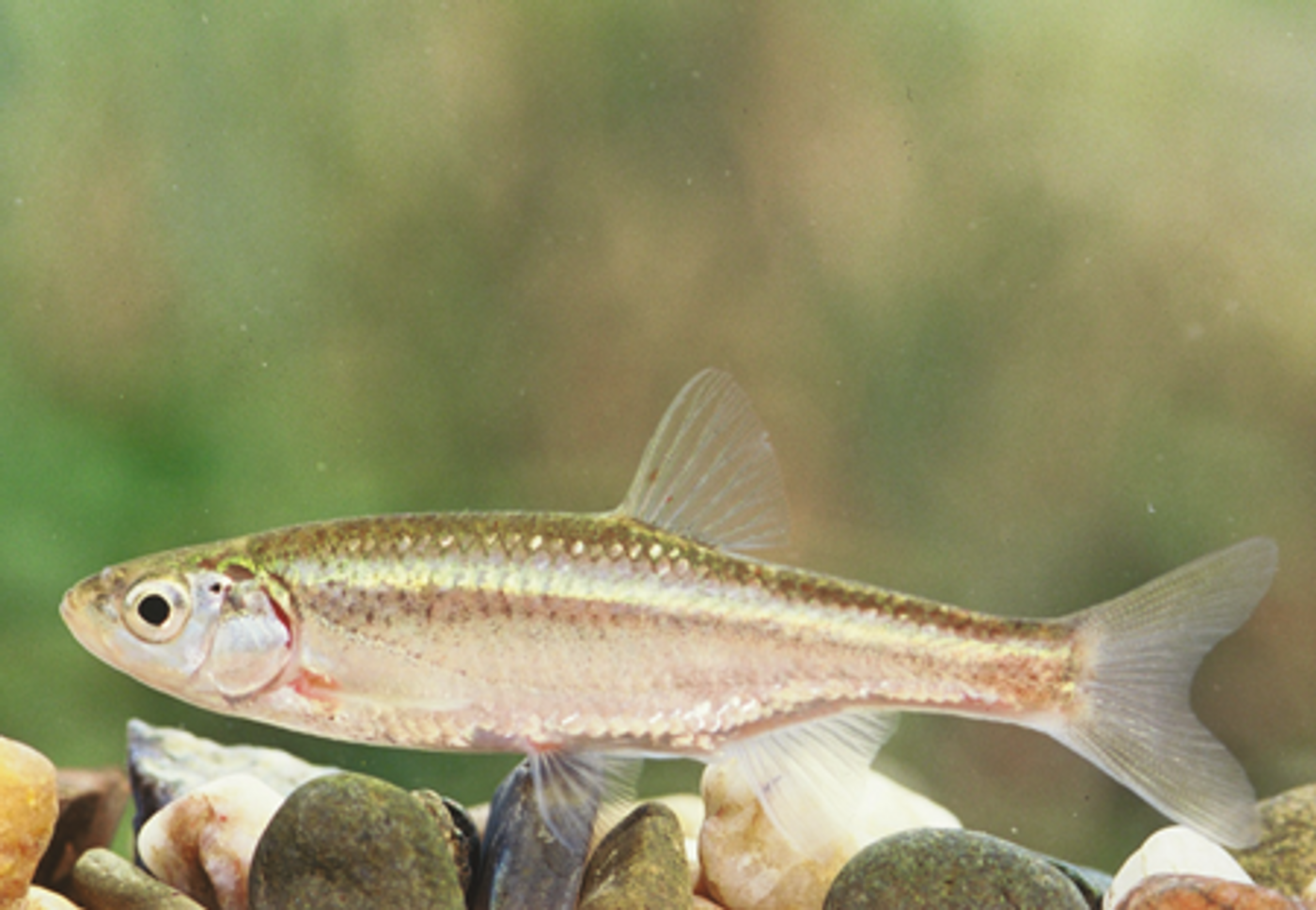This Fish Exhibited Natural Androgenesis, a First for Vertebrates
Portuguese researchers recently made a breakthrough discovery while they were studying a particular fish known as Squalius alburnoides from the Ocreza River. 100 specimens (both male and female) were isolated into a man-made pound and allowed to reproduce so that they could be studied.
These fish aren’t a specific species, but rather a hybrid of different fish types. These were a hybrid between female Squalius pyrenaicus and a now-extinct male species. This inter-species breeding helped keep their population in check, but it’s somewhat of a miracle that it happened in the first place.
Image Credit: Isabel Catalão
As noted in the study, which appears in the journal Royal Society Open Science, the researchers were examining the genes of the test subjects after they were allowed to reproduce when they suddenly realized that one of the males’ genes was essentially a carbon copy of another, suggesting that the father must’ve somehow ‘cloned’ itself through reproduction.
Since the genetic makeup matched up perfectly with the father, this told the researchers that there was no genetic intervention from a female. This meant a reproduction process known as androgenesis, which is exceedingly rare in the animal world, must’ve taken place. More importantly, this is the first time it has ever been observed in a vertebrate before.
Related: Fish solve problems by 'pooling' experience together collectively
Androgenesis is essentially when a male is able to reproduce without a female’s genes. Unfortunately, even top-tier exports in the field still don’t really understand how it works as a result of how rare the process really is.
Some kind of magic must happen during the introduction of sperm cells and egg cells where only the sperm cell’s genetics are used in embryo development, but we’ve not yet been able to capture exactly how this works and it has scientists scratching their heads.
One theory is that the sperm cell of the alburnoides contains two sets of chromosomes and the egg cell involved in the reproduction carried none at all, or the egg cell’s chromosomes were possibly destroyed when the sperm cell combined with it. While this is nothing more than speculation at best, the ideas pave the way for how a male sperm cell was somehow able to fertilize an egg cell without any female genetic data.
It’s possible that this event was a complete accident and that the mother’s egg cell simply had no genetic information from the get-go. If so, this was a one-off mutation that may or may not ever happen again. Nevertheless, for the event to occur just once in a randomized batch of 100 fish, it's safe to say that it is definitely an unexplained phenomenon that could be out of the norm.
Related: This fish was frozen solid by nature in the midst of eating another fish
Scientists want to know if it’s a regular occurrence in this type of fish, as it may open doors to the discovery of a shift in reproduction habits. That said, it’s likely that research into the mysterious case of androgenesis observed in alburnoides will continue in order to see if it happens again, and more importantly, why.
Source: New York Times









